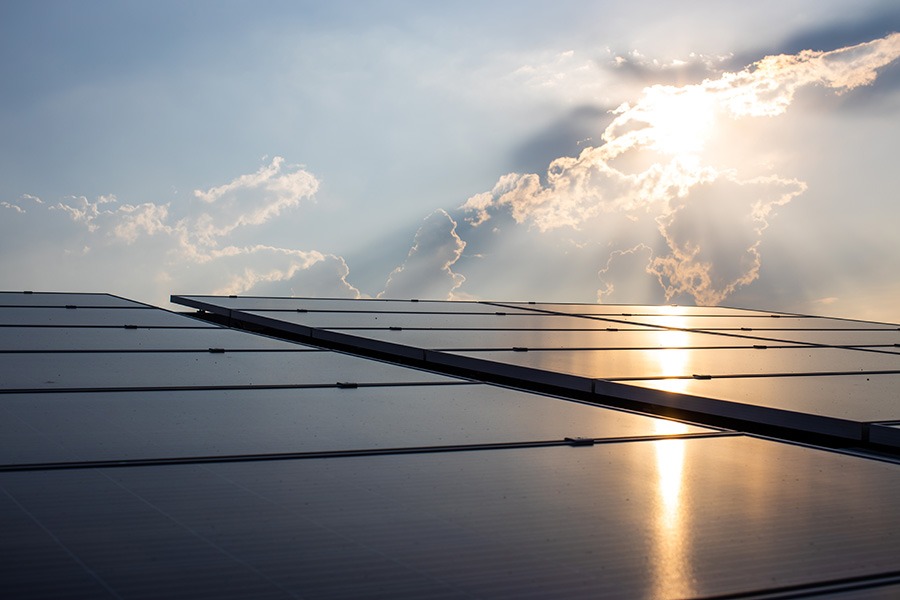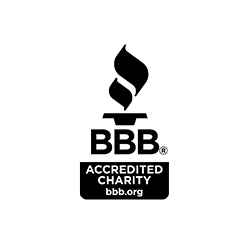
Materials & Technologies Used in Achieving Net Zero in New Design & Construction
Author: GWP Inc.
Date: May 1, 2020
Category: What to Know
Have a Question?Flexibility and Sustainability
Flexibility and sustainability are reference points used to gauge the building material industry’s introduction of new processes or technologies and where the industry is heading next. They are also drivers for the transformation of the building industry because as technology evolves, the way we use buildings changes as well. As we move towards net-zero buildings, we need technology capable of bending to those changes. While design-build firms work to create buildings that can be repurposed and reused down the road, new opportunities for building materials companies arise simultaneously. Following are some of the evolving material and technology trends being used in net zero construction:- Photovoltaic Solar Cells Used to generate power, these are now being more seamlessly integrated into other building materials such as glass, shingles and roof membranes
- Wind Sail Turbines Especially useful in skyscraper construction for producing power
- Solar/Thermal Applications Can be used to generate heat and in combination with boilers and steam turbines, to further reduce energy needs
- Switching from AC to DC & Using LED Lighting LED lighting uses DC current which is more efficient than AC
- POE (Power Over Ethernet) Lighting Using a separate ethernet connection that allows for control over lighting in addition to providing the energy to power it










